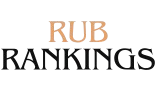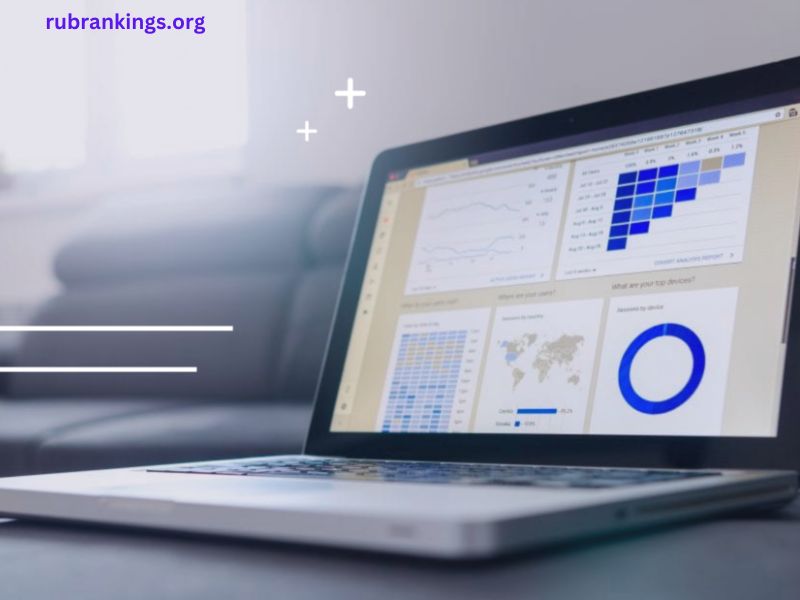Google Grants, part of the Google for Nonprofits program, provides eligible nonprofit organizations with a monthly grant of up to $10,000 in Google Ads credits. This funding can significantly enhance a nonprofit’s visibility, reach, and impact by allowing them to promote their mission and services effectively. However, with the freedom to create campaigns comes the responsibility to manage them effectively, and one of the key decisions nonprofits face is whether to use the Max Conversions bidding strategy.
In this article, we’ll explore what Max Conversions is, the advantages and challenges of using it for Google Grants, and whether it’s the right choice for your organization.
Understanding Max Conversions
Max Conversions is an automated bidding strategy offered by Google Ads. It aims to maximize the number of conversions (defined as actions valuable to your organization, such as donations, sign-ups, or other desired outcomes) within your specified budget. By using machine learning algorithms, Google automatically adjusts your bids in real-time based on various factors such as user behavior, demographics, and device type.
Key Features of Max Conversions
- Automation: Max Conversions allows Google to manage bids on your behalf, freeing up time for your team to focus on other strategic aspects of your campaigns.
- Real-Time Adjustments: The algorithm can react to changes in the marketplace, adjusting bids to capitalize on the best opportunities for conversions.
- Performance Focus: This strategy is inherently geared toward achieving the highest possible number of conversions, which can be beneficial for organizations looking to drive specific actions from users.
Pros of Using Max Conversions with Google Grants
1. Increased Efficiency
With limited resources, nonprofits often struggle to allocate time and expertise to manage complex bidding strategies. Max Conversions simplifies this process by automating bid adjustments, enabling organizations to focus more on crafting compelling ad copy and targeting the right audience.
2. Enhanced Performance
Many organizations report improved performance when using automated bidding strategies. By allowing Google’s algorithms to optimize bids, you may see an increase in conversion rates, as the system continuously learns and adapts to find the most effective ways to spend your budget.
3. Better ROI on Ad Spend
Max Conversions aims to maximize the number of conversions within your budget, potentially leading to a higher return on investment. For nonprofits, this means more resources can be allocated to mission-driven activities instead of ad management.
4. Adaptability
The digital advertising landscape is ever-changing. Max Conversions can adapt to fluctuations in the market, seasonal trends, or changes in user behavior, ensuring that your campaigns remain competitive without requiring constant manual adjustments.
Cons of Using Max Conversions with Google Grants
1. Lack of Control
One of the most significant drawbacks of automated bidding strategies like Max Conversions is the reduced control over individual bids. While automation can be beneficial, it might not always align perfectly with your specific goals or budget constraints.
2. Learning Curve
If your organization is new to Google Ads or automated bidding, there may be a learning curve involved. Understanding how to set up your campaigns effectively to take advantage of Max Conversions requires knowledge of best practices in Google Ads.
3. Potential for Overspending
Although Max Conversions aims to maximize conversions within your budget, there’s a risk that it might lead to overspending if not monitored closely. Nonprofits need to ensure they are tracking performance metrics effectively to prevent wasteful spending.
4. Restrictions on Google Grants
Google Grants has specific policies that limit how the grant funds can be used. This includes restrictions on certain types of ads, keyword targeting, and overall campaign structure. Nonprofits must navigate these limitations while also trying to maximize conversions, which can complicate the use of automated strategies.
Best Practices for Using Max Conversions with Google Grants
If you decide that Max Conversions is the right strategy for your nonprofit, there are several best practices to consider:
1. Set Clear Conversion Goals
Before implementing Max Conversions, establish clear goals for what constitutes a conversion for your organization. Whether it’s donations, newsletter sign-ups, or volunteer registrations, having a clear definition will help you track success accurately.
2. Optimize Your Campaign Structure
Create well-organized campaigns and ad groups that target specific audience segments. This helps the algorithm understand where to focus its efforts, leading to better optimization.
3. Utilize Conversion Tracking
Set up conversion tracking to gather data on user interactions with your ads. This information is crucial for evaluating the performance of your campaigns and refining your approach over time.
4. Regularly Review Performance
Even with automated bidding, it’s essential to review your campaign performance regularly. Look at conversion rates, cost-per-conversion, and overall ROI to ensure that your campaigns are meeting your goals.
5. Experiment with Ad Copy and Landing Pages
Use A/B testing to optimize your ad copy and landing pages. The more compelling your ads and landing pages, the higher the likelihood of conversions, allowing the Max Conversions strategy to perform even better.
When Might Max Conversions Not Be Right for You?
While Max Conversions can be a powerful tool, there are scenarios where it might not be the best choice for your nonprofit:
- Limited Experience with Google Ads: If your team is not familiar with Google Ads or automated bidding, you might want to start with manual bidding to gain a better understanding of how the platform works before transitioning to Max Conversions.
- Specific Budget Constraints: If your nonprofit operates on a tight budget with specific spending limits, manual bidding strategies may provide you with more control over your expenditures.
- Unique Campaign Objectives: If your organization has unique or niche campaign objectives that require tailored bidding strategies, Max Conversions may not offer the flexibility needed to achieve those goals.
Conclusion
Deciding whether to run Max Conversions on Google Grants ultimately depends on your nonprofit’s specific goals, resources, and experience with digital advertising. For many organizations, the benefits of increased efficiency, performance, and ROI make Max Conversions a compelling choice. However, it’s essential to approach automated bidding with a clear understanding of your objectives and a commitment to monitoring performance.
By implementing best practices, you can effectively leverage Max Conversions to maximize your Google Grants funding, enhance your online presence, and ultimately drive greater impact for your mission. As with any marketing strategy, ongoing evaluation and adaptation will be key to ensuring long-term success.


